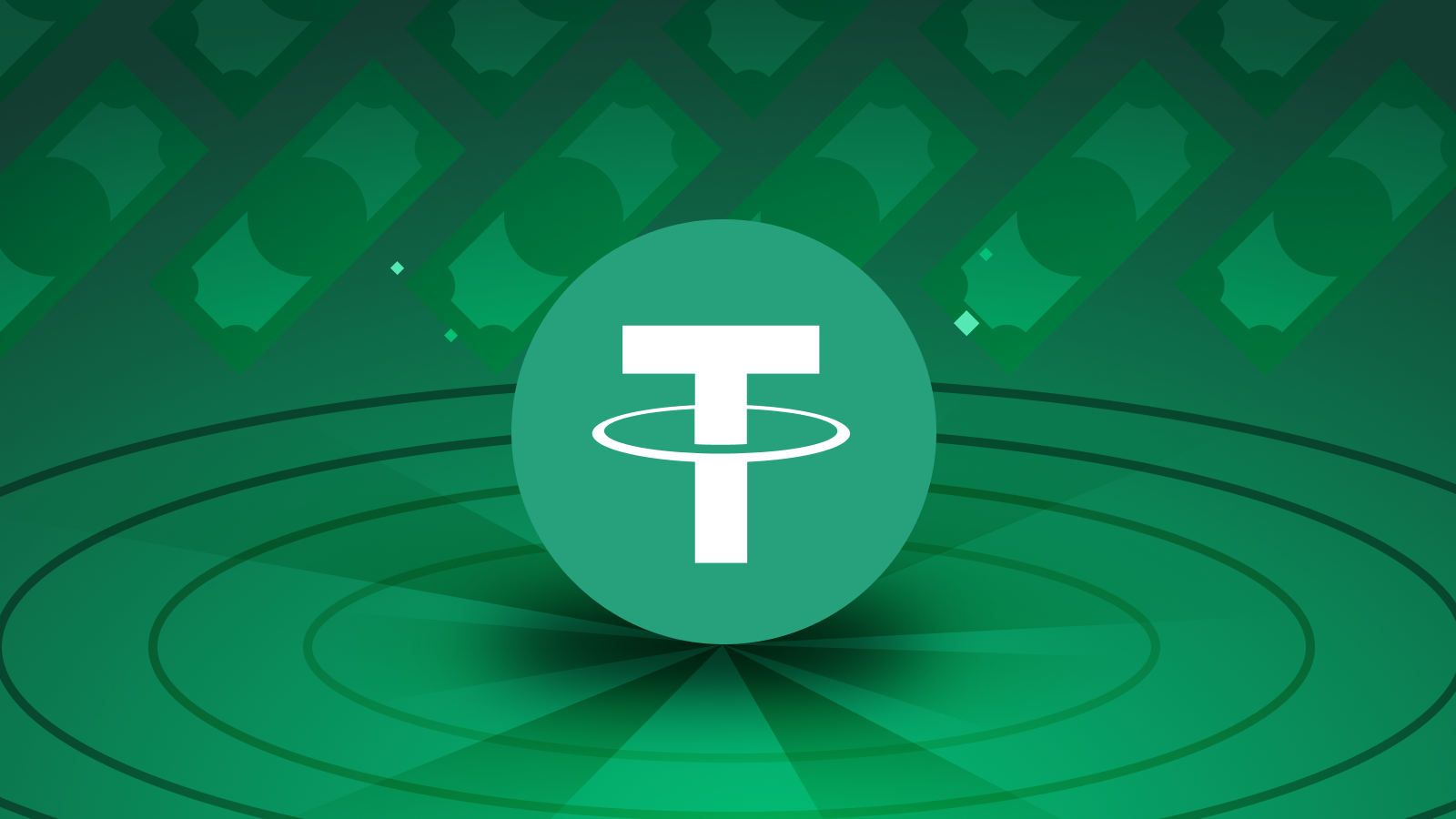Tether (USDT) Explained
follow the worth of a particular government issued money. Each Tie coin ought to constantly be worth precisely one unit of the fiat currency.1
We will zero in on the U.S. dollar rendition of Tie, or USDT. There are variants for different monetary standards, including the euro and, surprisingly, gold. Continue to peruse to gain proficiency with the significant insights regarding the Tie digital money, whether it very well might be helpful in your digital money methodology, and why it courts debate.
Note
On May 12, 2022, in the midst of sharp decays seen all through the cryptographic money market, Tie lost its stake to the dollar, sinking to as low as 95 pennies prior to recuperating to around 99 cents.2
What Is Tie?
Tie is a stablecoin fixed to the US dollar. All of a sudden, you can rapidly trade other digital currencies for Tie to change your cryptographic money possessions or send Tie to other cryptographic money wallets anyplace on the planet.
Note: Tether ought to always have the same value as its underlying currency because it is a stablecoin. In this instance, one USDT Tether is equivalent to one USD.
Unique Elements of Tie USDT
The really exceptional component of USDT is that it presents the soundness of government issued money into the blockchain. That makes it helpful for putting away or moving worth, as it is consistently worth similar value and its proprietor doesn’t need to stress over losing buying power. The supply and demand in the market affect the value of popular cryptocurrencies like Bitcoin, Ethereum, and others. By design, USDT is always worth one dollar.
The Tie parent organization professes to hold resources equivalent to the all out remarkable market worth of its money. That implies it has a dollar in real money or exceptionally fluid speculation resources for each one USDT available for use. Assuming you trust Tie and its bookkeepers in the Cayman Islands, that makes it an extraordinary option in contrast to ordinary USD for some reasons, including global settlements and exchanging crypto without changing over once more into dollars. In any case, there are an adequate number of inquiries regarding Tie’s resources and thought processes that it’s vital for read the contention segment underneath prior to betting everything on USDT for your financial necessities.
Note
On account of its resource upheld nature, Tie isn’t minable. New Tie is given to confirmed clients who put aside government issued money installments. This help was disposed of for those in the US on January 1, 2018.
Nonetheless, once in the crypto commercial center, it exchanges like some other money utilizing blockchain innovation. That implies you can trade Tie through any digital money trade that upholds USDT.34
Tie
Inception 2014
Flowing Stockpile (starting around 5/12/2022) 82.80B USDT
Unique Feature Value fixed to the U.S. dollar, deals with various blockchains
Step by step instructions to Purchase Tie
Tie is a novel coin in that it deals with various blockchains. That currently includes Algorand, SLP, Solana, Bitcoin (via Omni), Ethereum, Tron, EOS, Liquid, and Bitcoin.
Note
On the off chance that you send Tie between wallets, try to utilize a viable wallet. For instance, you are unable to send ERC-20 USDT to an Algorand wallet. Be that as it may, you can ship off viable wallets at any time.4
The simplest way for a great many people to secure Tie is through a trade that upholds USDT. As a famous stablecoin, you can find Tie all things considered major crypto trades. Simply don’t pay in excess of a dollar for each coin, in addition to organize and trade charges, or you’re probably getting a terrible arrangement.
Wallets
Since Tie works with different blockchains and is broadly utilized, you have a lot of choices with regards to putting away your Tie. That incorporates programming, equipment, and paper wallets. In the event that you need quick access for trading, it’s essential to keep your Tie in a wallet that is associated with a trade.
For long haul stockpiling, any protected digital money wallet can guard your resources.
Exchange Times
As per Kraken, USDT moves happen in just two minutes on the TRC2-blockchain.5
Tie Version Processing Time Number of Affirmations
Tie USD (USDT) ERC20 5 minutes 20 affirmations
Tie USD (USDT) TRC20 2 minutes 20 affirmations
Charges and Costs
Tie network not entirely set in stone by the blockchain you use. You will be required to pay Ethereum gas fees if you trade on the ERC-20 (Ethereum) blockchain. Costs will vary if you trade other versions.
Note
If you’re a global client and have any desire to get checked to work straightforwardly with Tie, the expense is 150 USD in Tie tokens for confirmation, in addition to charges of up to 0.1% per fiat store or withdrawal.6
Eminent Happenings
While numerous digital currencies have not welcomed on an excess of discussion, Tie has a more complicated history. Tether and Bitfinex, a cryptocurrency exchange, share JL van der Velde, the company’s CEO, and other executives.
This cozy relationship had specialists suspect cost control in Bitcoin utilizing Tie and Bitfinex.7
The New York Head legal officer explored both Tie and Bitfinex asserting that regardless of its cases, Tie was not supported by equivalent U.S. dollar saves. The two organizations were additionally accused of purportedly concealing $850 million in missing assets and deceiving financial backers about their money backing.
In February 2021, Bitfinex and Tie consented to pay $18.5 million to the Territory of New York and meet new straightforwardness revealing prerequisites to settle the matter without conceding or denying the charges.8
In October 2021, the Item Fates Exchanging Commission (CFTC) fined Tie $41 million over deceiving cases of U.S. dollar holds. It also imposed a $1.5 million fine on Bitfinex.9 Although the new rules should safeguard investors, it is prudent to exercise caution when holding an asset or working with a company that has been accused of fraud in the past.
On May 12, 2022, Tie USDT lost its 1:1 stake to the US dollar, with the stablecoin momentarily sinking to as low as 95 pennies. Although the price of Tether recovered to 99 cents, the drop shook the confidence of many crypto traders.3 The Balance does not provide tax, investment, or financial services and advice. The crash occurred days after the price of TerraUSD, another popular stablecoin, fell to as low as 30 cents.10 The data is being introduced without thought of the venture targets, risk resilience, or monetary conditions of a particular financial backer and probably won’t be reasonable for all financial backers. Past execution isn’t characteristic of future outcomes. Contributing implies risk including the conceivable loss of head.










